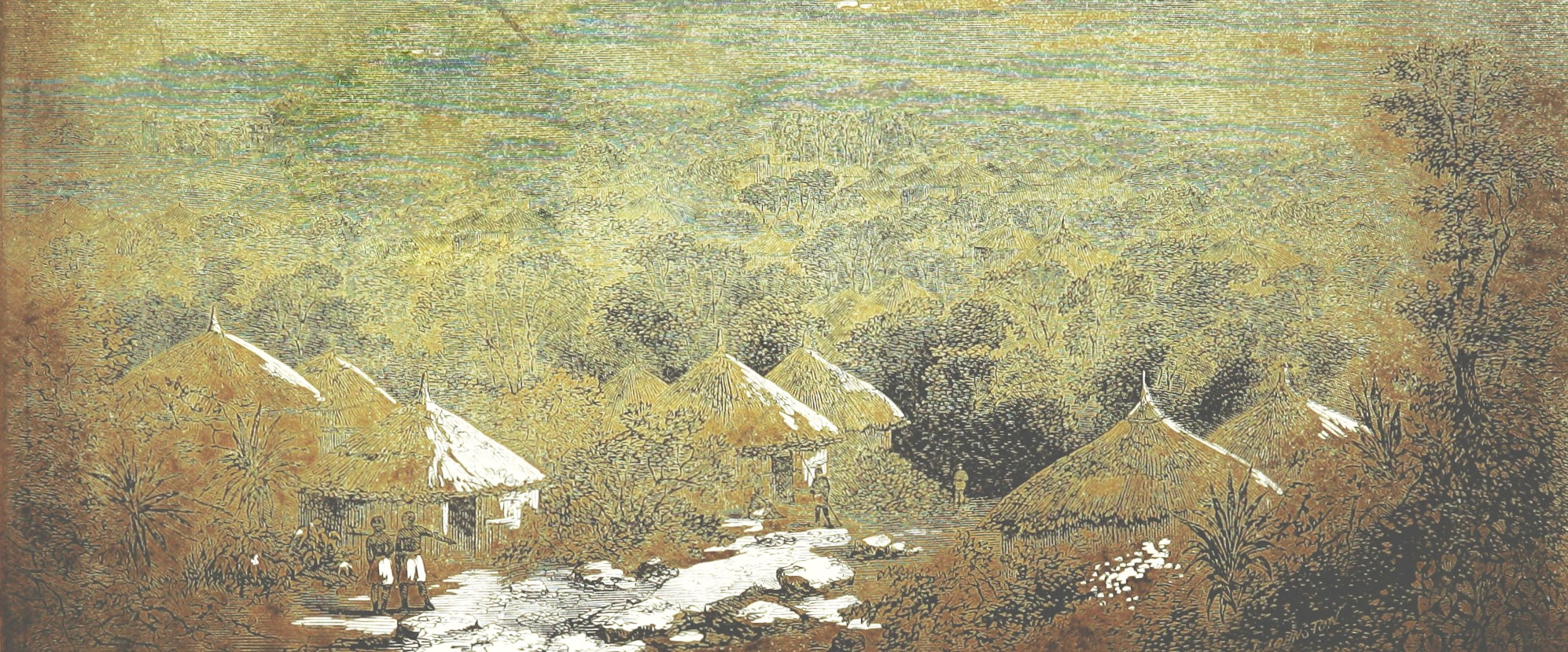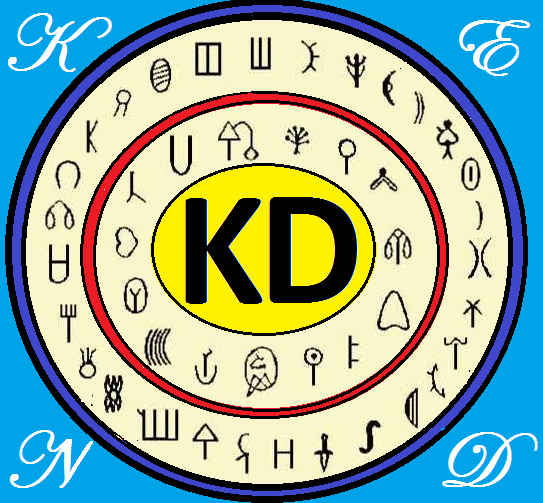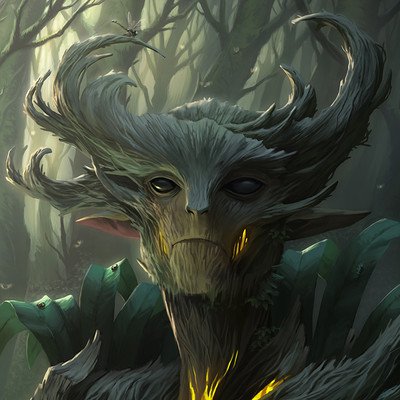We sailed from the port of Etivar, among the ruins of old Ulaudo, and our journey led us in the trail of what many thought was just a myth. We followed the myth of the great navigator Suuri, and at the end of our journey, we alighted upon the shores of a cold and distant island. There we found a people that the world had thought extinct.— Onia the Navigator
The
Forjorni are the people of the remote
Forjorn Isles, and the last descendants of the extinct
Valaunt people. Their culture was built on overcoming adversity - from the war that ended their great empire, to the hostile landscape of their homeland. This thread still runs through their traditions and beliefs.
History
Ancestors
The great Valaunt kingdoms rose on Kalord in the second century, relatively isolated from the world at large. Their mages concocted a method of infusing clockwork with magic to build self sustaining mechanisms, ranging from the great machines of war designed to hurl fire, to delicate automatons.
Their culture, propelled by this technology, came to dominant the continent in the following decades. The Valaunt kingdoms united in a peaceful confederacy, and for eight centuries they prospered - in unprecedented wealth, luxury and ease. These clockworks in many way fulfilled the role of modern
Golems.
Yet the Valaunt employed vast numbers of slaves, pulled from conquered people they had crushed in their expansion. These slaves came to unite behind a group known as the
Ice Lords, and the flames of rebellion was lit. The following war dragged on for over two decades, but the Valaunt were ultimately defeated, and retreated to their capital in
Ulaudo.
Suuri Valotaja is credited as the woman who led the last of the Valaunt from their doom, to the uncharted island of Forjorn. She founded the modern Forjorni culture with this act. In time, the Valaunt's last city fell and the Forjorni became their only descendants.
Forjorni Isles
The Forjorni Isles have always been a hostile land, with cruel weather and infertile soil. Their first settlement on
Saaru nearly failed many times in the first years, close to finding themselves a victim of these obstacles.
The few great clockwork artifacts brought from Ulaudo proved invaluable. Among them, the
Colossi proved endlessly useful. Great bronze automatons that could shift snowfalls, build homes, and provide the muscle for the many tasks in those early days that were simply beyond human capabilities. The Colossi did not last forever in the harsh landscape but by the time the last Colossi was laid to rest the Forjorni were a prospering people.
Their history beyond this point is incomplete. The Forjorni possessed no writing tools, and the tales that remain of their early history are all oral traditions. Worship of the snow divine
Eiif was established among their people even before they fled for Forjorni, but
Suuri Valotaja established worship of death goddess
The Lady and sun god
Arveghan.
Mittsho remains one of the most famous Forjorni to ever live, a great alchemist whose inventions would be spread worldwide after the Forjorni came in contact with the outer world, and who's mysterious life is a popular folktale.
First Contact
The Forjorni are a hardy people, who remain a testament to the ingenuity of the ancient Valaunt. They survived even when all else fell, among the snows of a land that one might reasonably conclude conspires to kill.— A Handbook of the Ancient Peoples of Kalord and its islands, by Tesius Gabri
Onia the Navigator was the first foreigner in centuries to step foot on Forjorni soil. The Forjorni were hesitant to accept his assurances of safety, but in time contact was established, and irregular trade began to run to and from the isles - though often little more than a single shipment a year.
Exposure to the outside world had a surprisingly small effect on Forjorni culture, perhaps due to the limited nature of contact. Correspondence and news was often months out of date, religious orders rarely saw travel to such a small and remote island chain worth their effort, and there was little of commercial value on the islands.
The translation of the work of
Mittsho in the mid 18th century had widespread effect on the outer world, revolutionising how
alchemy was thought about. The
Runa Kina, compiled by his daughter in Forjorni tongue and initially handed down in oratory form, remains one of the most influential writings from the isles.
With trade to tide them over in times of hardship, the Forjorni expanded their villages and spread out beyond the single isle. The
Tribe of Forjorn was formally established to unite the village chieftains of the Forjorni people, and better negotiate with the foreigners. A small but successful school of alchemy was founded in
Ispau, the capital of the new government, and the value of Forjorni knowledge and crafts spread with the notoriety of Mittsho.








I do like the concept, and it truly does feel like a real, living people you've created here. I do have to note there are a few grammar issues, the extra spaces around the word "self-perpetuating" being the most noticeable. I'd say my biggest praise would be the use of the format, using quotes and pictures really helps make it seem less dull, and I really like the picture-like links on the sidebar! How did you do that, exactly? I'd love to be able to do that for my articles, it might encourage others to read more of my world.
Thank you. You can do that by copying the Block Link code from the side of the edit page of any article, and putting it in your sidebar. You can even link articles in comments that way!
yes